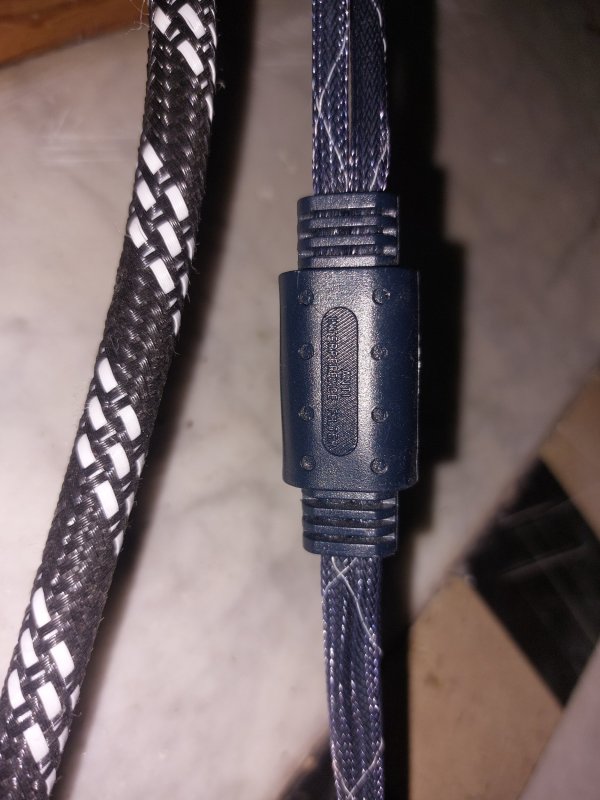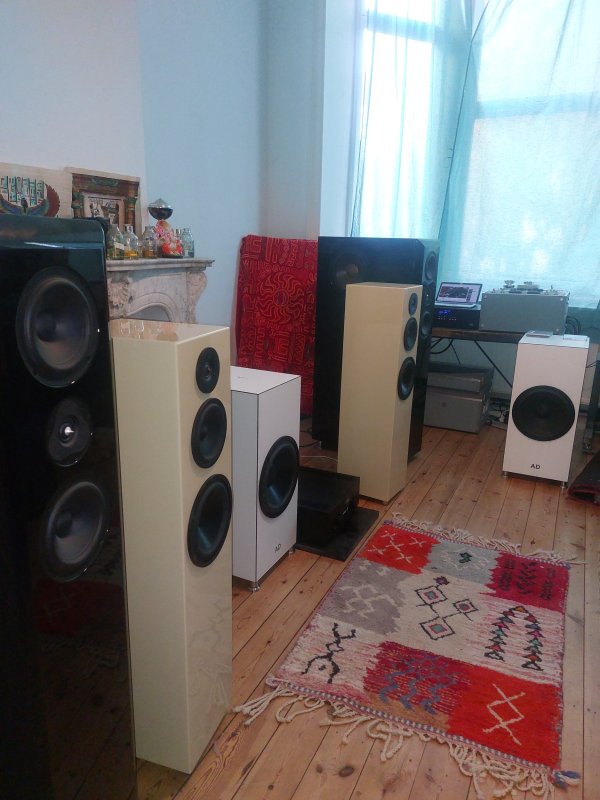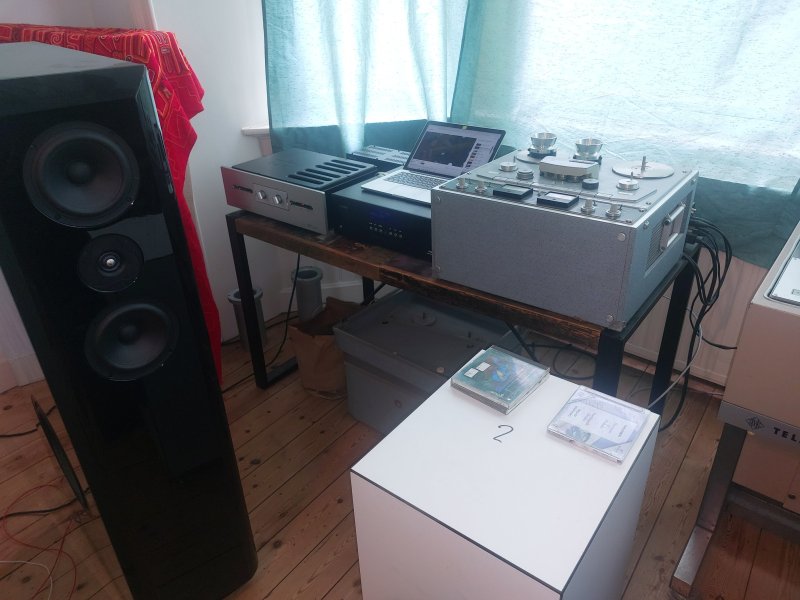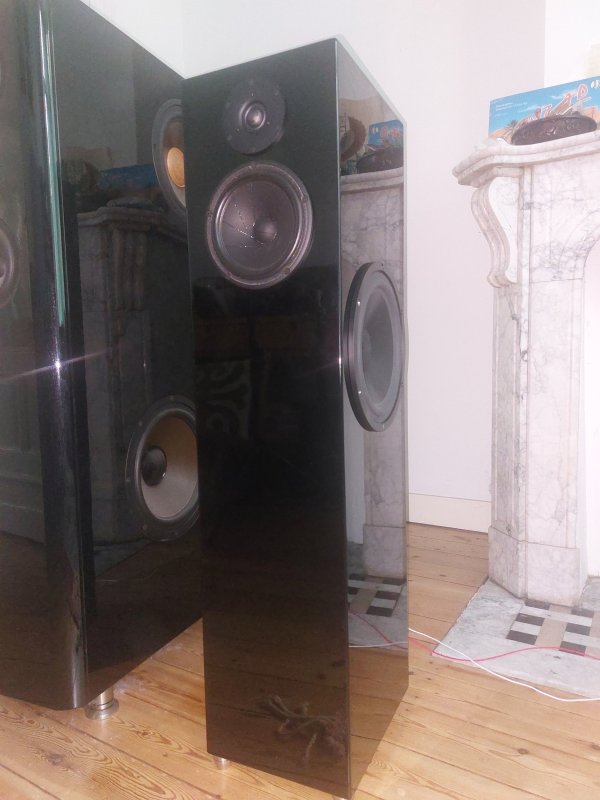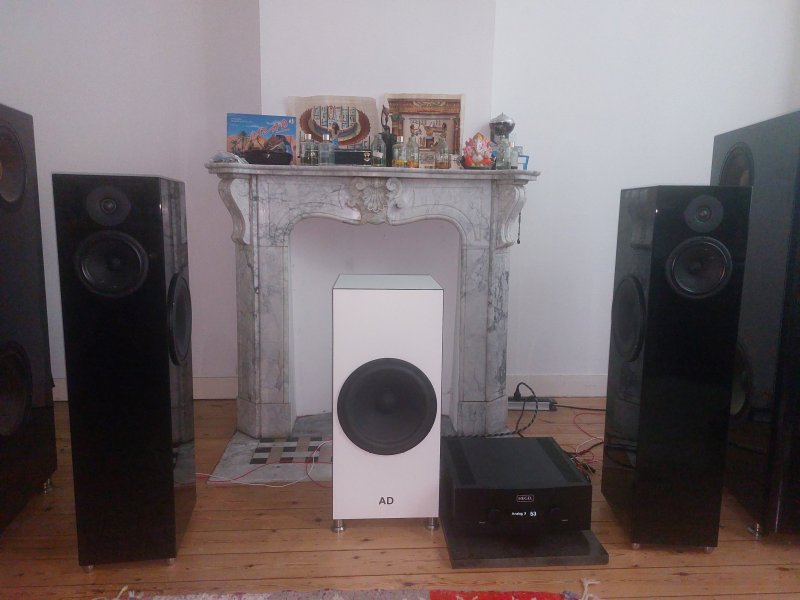I only use measurements seriously from rougly 400 hz and up bass i design by woofer specs and listenening.
Your graph shows a - 8 db point at 20 hz .
Thats not possible your graph looks flawed .
its a 6.5 inch woofer .
With this woofer size your looking at a Fs of 29.3 hz .
This the woofer you use , looks to me you did a whole lot of sanatizing in your measurement
Do not look on LF if measurements if they are with gated window. You need to cut everything under wavelength of fist reflections.
To get estimated speaker response please follow D’Appolito approch for Clio - nearfield and far field estimates.
Approach in not new, it is widely used around the world, for example Stereophile use about same "complex sum of near and far field" in they mearurements.
If you do measurements without gating, you get a sum of your room response with a speaker in a certain location and speaker itself.
In other room of if speaker in different location it may look different like this:

Graph is for same speaker but in a different location and with different room treatment. You may see that the difference in some areas are high upto 6dB, and from that kind of measurements you do not know what is real speaker response.
Green is speaker gated, red and blue ungated with 1/6smoothing in different locations and with different room treatment.
As you see room reflections add on the midrange some 3db in the areas where room "rings".
To see what is real response for unflushed s flushed tweeter in your design you should gate measurements.






